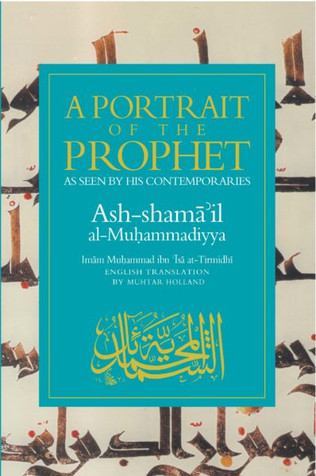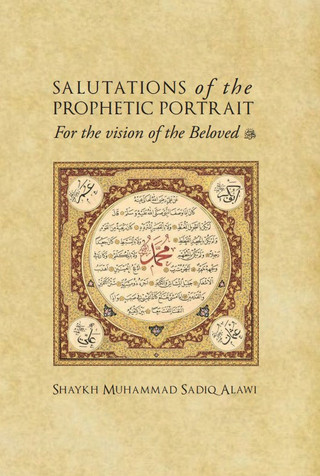A Portrait of the Prophet ﷺ As Seen by His Contemporaries
Fons Vitae
- SKU:
- BKFV1062
- MPN:
- 9781887752930
Title: A Portrait of the Prophet ﷺ As Seen by His Contemporaries
Author: ABU 'ISA MUHAMMAD B. 'ISA SAWRA AL TIRMIDHI /Translated by MUHTAR HOLLAND
ISBN: 978-1-887752-93-0
Publisher: Fonsvitae
In Islam, two sources are used to explain the religion and its laws: the Qur’an, a revered text, and the hadith, the sayings and activities of the Prophet Muhammad ﷺ as reported by friends and followers during his lifetime. This skilled translation, which includes the Arabic of one of the key Islamic texts, long-awaited in English, presents a fascinating selection of hadith compiled by the ninth-century scholar at-Tirmidhi that humanizes the Prophet for modern audiences, presenting him through the eyes of contemporaries who comment not only on his spiritual demeanor and qualities but also on his physical appearance and mannerisms—including his hairdressing, his sitting posture, his sandals and turban, his armor, his favorite condiments, and his jests and laughter.
The Kitāb al-Shamā il of Abū ‘Īsā Muhammad b. ‘Īsā Sawra at-Tirmidhī (d. 297/892) has provided scholars, spiritual seekers, and more generally all those who love the Prophet ﷺ with a living portrait of the man described in the Qur’ān as exemplifying the most noble character (Qur’ān 68:4). The Shamā il is a collection of 297 hadith presented under 55 chapter headings specifically dealing with the personal life of the Prophet Muhammad as seen by his contemporaries. In his autobiography, Ibn ‘Ajība (1747–1809), an important scholar and Sufi master of Morocco, in his autobiography (fahrasa) defines the study of the Shamā il as a science and writes that:
“The subject matter [dealt with in this science] is the distinguishing exalted spiritual states and the noble comportment of the Prophet; his clothing and his sustenance, his sleep and his waking states, and other related topics, it is the science of the “beautiful qualities” (Shamā il).”
The scholars who dedicated their time and energy to the science of the Shamā il were central figures in both the exoteric and esoteric realms of Islamic discourse. For these scholars and the commentaries they composed, the study of the Shamā il was both a scholarly enterprise as well as an act of devotion to and reverence for the person of the Prophet. The multifaceted nature of their scholarly endeavor and the variety of audiences they attracted illustrates the central role of the Shamā il in defining normative Islamic comportment, both its outward and inward facets.
—Kenneth Honerkamp, University of Georgia
 US Dollar
US Dollar

















